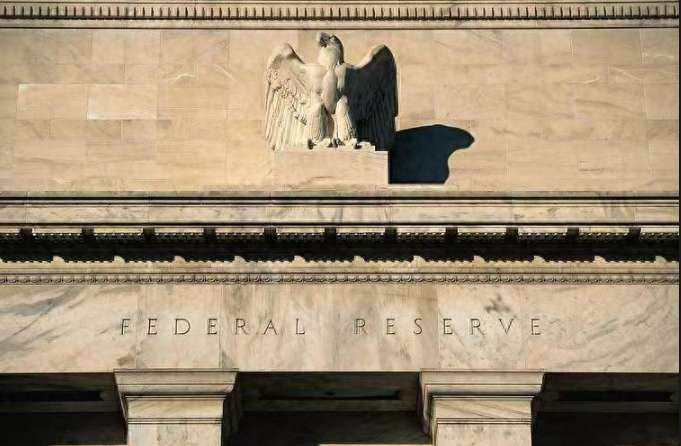Food Inflation: BOJ Rate Hike Risk?
Advertisements
In Japan, the rising cost of food has become a pressing concern for households trying to manage their monthly budgets, especially as staples like rice and cabbage see significant price jumps. As inflation continues to impact daily life, it has garnered increasing scrutiny from the Bank of Japan, which is now more vigilant about the implications of food inflation on the economy.
This surge in prices will come under further examination with the release of the Consumer Price Index (CPI) this Friday. Analysts are anticipating that the January CPI will reflect an annual growth rate increase from 3.6% in December to as high as 4%. Such a rise could prompt the Bank of Japan to accelerate interest rate hikes, potentially deviating from earlier forecasts.
A striking example of this inflationary trend can be seen in the price of cabbage, which currently averages 2.6 times its price over the past five years. This situation is particularly challenging for individuals like Katsumi Shinagawa, who runs a pork cutlet restaurant in Tokyo. He notes that customers have resorted to consuming large quantities of cabbage before their main dishes to fill themselves up, a response to the ballooning costs of what was once a simple side dish.
Shinagawa expresses his bewilderment at the evolving dynamics of food pricing: “I never imagined I would see a day where cabbage would cost as much as pork.” This sentiment echoes the confusion and frustration faced by consumers and businesses alike amid shifting price norms.
If inflation indeed reaches the projected 4%, it will underline Japan’s position as the country with the highest inflation rate within the G7 nations, marking a significant transition from its prolonged struggle with deflationary trends. Excluding fresh food, the core inflation rate is anticipated to hit 3.1%, widening the gap between overall and core inflation data to its largest divergence since 2016.
Fresh food prices, influenced by unpredictable weather, labor shortages, and other external factors, often do not respond well to monetary policy adjustments like interest rate changes. Therefore, the Bank of Japan has historically relied on core inflation as a clearer policy metric. However, given current circumstances, food inflation is undeniably part of the equation that weighs heavily on consumer sentiment and spending habits.
Bank of Japan Governor Kazuo Ueda seems to be paying more attention to the rising costs of food. Recently, he indicated that food inflation would be a factor in formulating monetary policy, acknowledging that it might not be a fleeting issue and could affect consumer inflation expectations. This could suggest a paradigm shift in the manner in which inflation data is analyzed and utilized in policy-making.

Since 2010, the price level of fresh food in Japan has surged by nearly 71.9%, a staggering figure especially when compared to the fivefold increase in the general inflation rate after excluding fresh food items. The Ministry of Agriculture even reported a 90% year-over-year rise in rice prices, further emphasizing the urgent need to monitor this segment of the market closely.
Hayakawa comments, “The Cabinet Office has taken note of the persistent rise in fresh food prices. If these prices continue to climb, even if core CPI stays below 2%, overall inflation may still hover around the 2% mark.”
Daisuke Karakama, chief market economist at Mizuho Bank, expresses uncertainty regarding how much longer the Bank of Japan can afford a wait-and-see approach. He predicts that the next interest rate hike could occur in April, noting, “Japan has the highest inflation rate in the G7, yet the policy rate is merely at 0.5%. The Bank of Japan has not done enough.”
On Thursday, traders drove Japanese bond yields to their highest level since 2009 as they predicted that the ultimate interest rates might be higher than expected or that increases could come more rapidly in this tightening cycle.
After three years of escalating living costs, Japan’s economy appears to be finally shaking off the long-standing shadow of deflation. The trend in food prices might lead consumers to believe that inflation is here to stay, reflecting the evolving nature of economic reality for many.
Leave A Reply